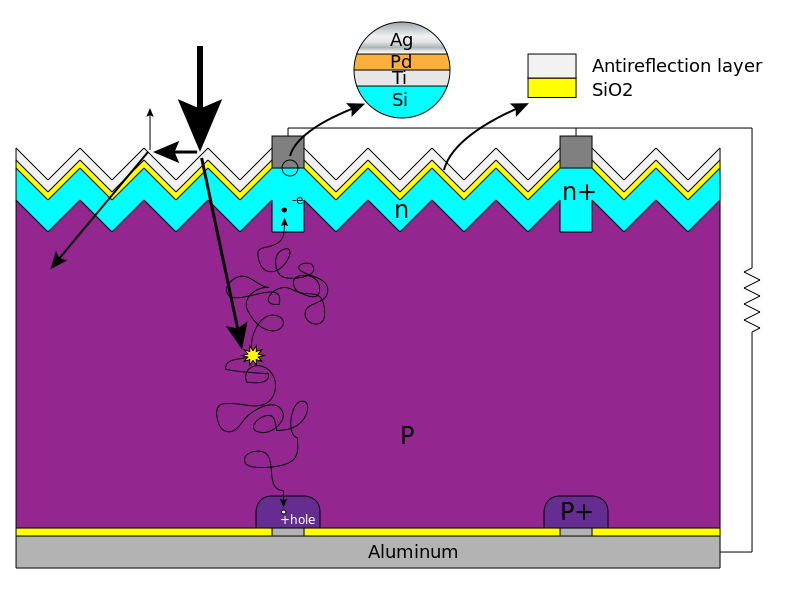The first generation silicon solar cells hinder the growth of production volume and reduction in module price because of the limited availability of solar grade silicon. Nevertheless, active research is going on to replace silicon, as the production of silicon consumes enormous amount of energy mainly for the purification of the raw material. Therefore to reduce the price of the solar cells, development of new materials and concepts for photovoltaic conversion is required. Other inorganic materials used for photovoltaic devices belong to the group of materials such as copper indium diselenide and cadmium telluride. The interest has expanded from CuInSe2 to CuGaSe2, CuInS2 and their multinary alloys Cu(In,Ga)(S,Se)2. The deposition techniques used for the deposition of these materials is either separate deposition of the components followed by annealing or co-evaporation. Laboratory efficiencies for small area devices are approaching 19% and for large area modules it has reached 12%. Cadmium telluride solar cells which shows slightly lower efficiency when compared to CuInGaSe2 also offers great promise.
This second generation solar cells are called as thin film solar cell. The structure of thin film solar cell is different from first generation solar cell. But the working of thin film solar cell is almost same as that of traditional silicon cell. The main difference is the arrangement of different layers.
 To prepare N-junction, the semiconductor is doped with phosphorus and it develops an excess of free electrons and for P- junction boron, gallium or indium is doped. These n and p type materials are deposited one above another using sophisticated techniques like physical vapor deposition or chemical vapor deposition. Without any incident light, a very small amount of atoms are excited and move across the junction. This causes a small voltage drop across the junction. When the is incident on the junction, more atoms are excited and flow through the junction and cause a large current.
To prepare N-junction, the semiconductor is doped with phosphorus and it develops an excess of free electrons and for P- junction boron, gallium or indium is doped. These n and p type materials are deposited one above another using sophisticated techniques like physical vapor deposition or chemical vapor deposition. Without any incident light, a very small amount of atoms are excited and move across the junction. This causes a small voltage drop across the junction. When the is incident on the junction, more atoms are excited and flow through the junction and cause a large current.
